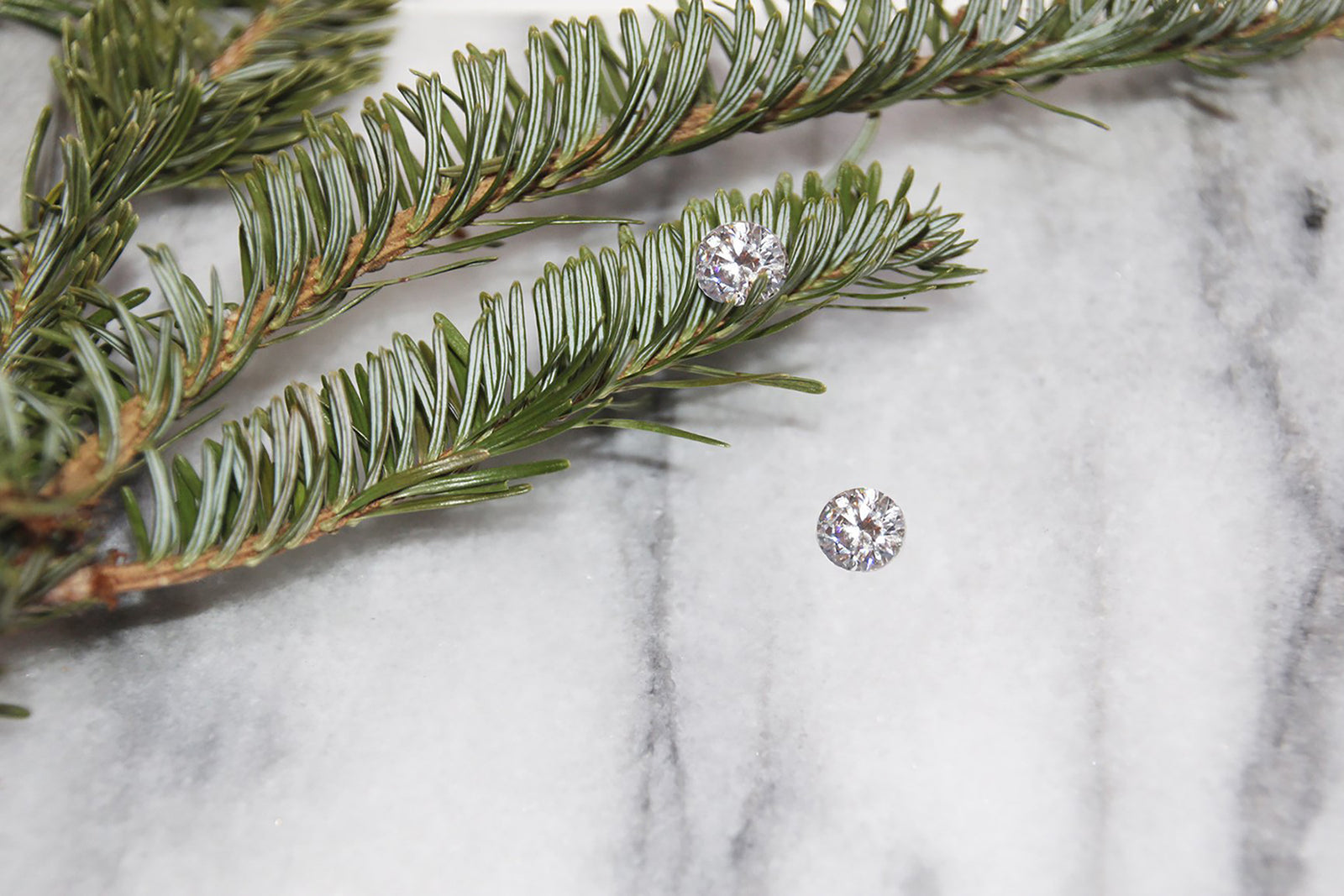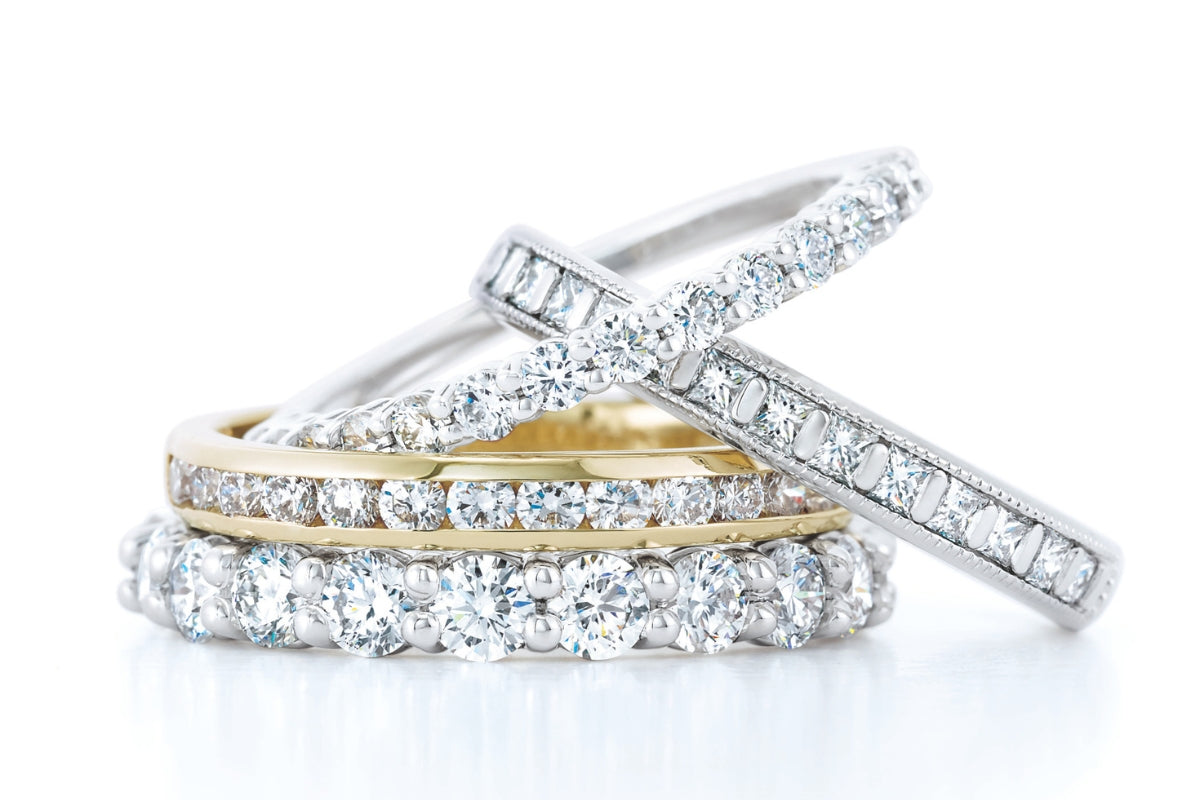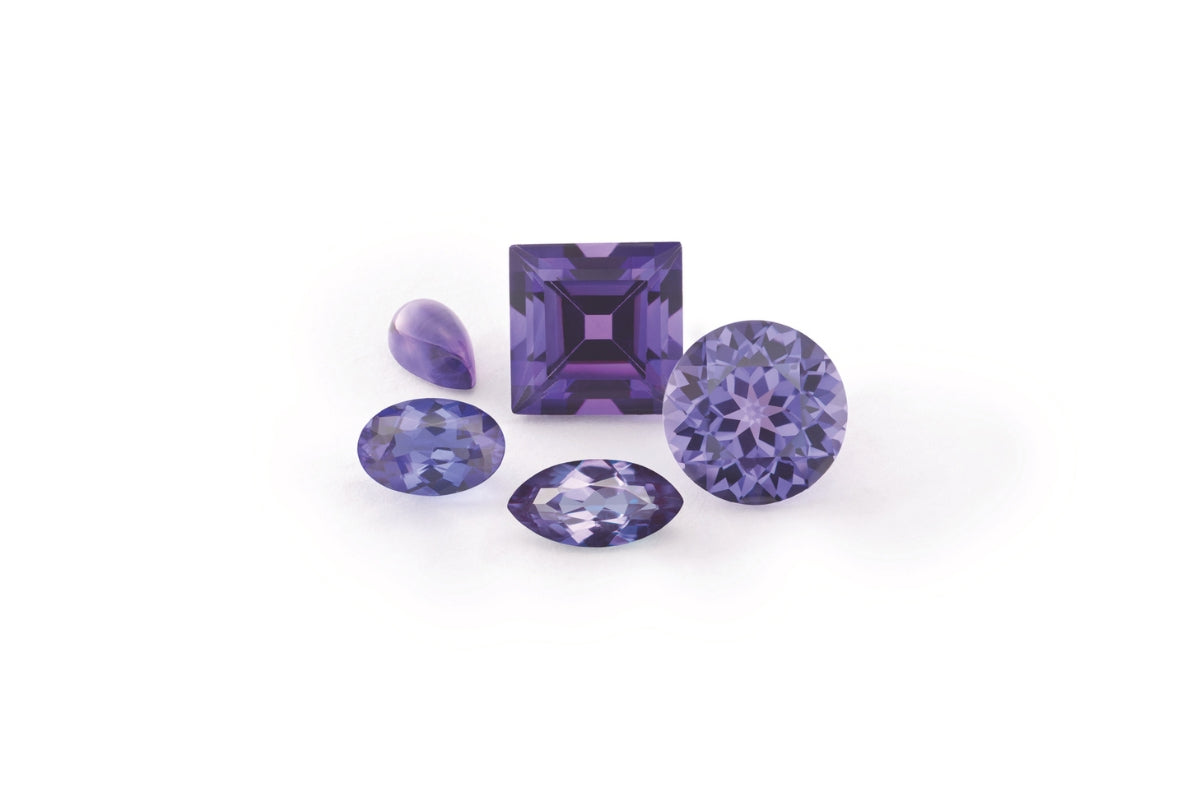The diamond industry has romanticized diamonds, specifically mined diamonds rarity and conflict free nature to such a degree that is astounding. Today, the minded diamond industry claims that over 99% of mined diamonds are conflict free (to learn more about conflict free diamonds, clickhere to read our blog post). To industry experts like us, there’s a moral hazard being ignored here. Many in the diamond supply chain have a common interest: to add value to the diamond, whether or not this is “perceived” value is up to you to decide.
Conflict and blood diamonds are impossible to diagnostically differentiate from one another with the naked eye or a Gemological tool. For this reason, the mined diamond industry banks on the chain of custody and proper “paperwork” to associate a rough mined diamond from those undocumented ones. The weight of burden falls on those in the supply chain and is heavily relied upon to prove the origin of the stone they’re dealing with. Therefore, many, if not all in the supply chain have a common interest in advocating for or turning a blind eye to the “conflict free” nature of some of these stones. Heck, they literally have a financial incentive to take others “word” for it or just continue onward as if nothing is wrong.
As you can imagine, undocumented diamonds are those stones that enter the supply chain due to mining practices that are either unregulated or come from known “conflict areas.” To learn more about the Kimberley Process, clickhere to read our blog post. Like the common saying, “you get what you pay for…”, many of these diamonds are financially lucrative to invest in since their origins are less transparent. Everyone in the diamond and jewelry industry knows the dirty secret of diamonds in that it’s impossible to prove that you dealt in a “conflict stone.” Therefore, those who are trying to sell such stones may be financially incentivized. Eventually, these less “marketable” stones find their way to the supply chain in a less expensive manner, which means somewhere in the middle there is a margin to profit from. Nearly every industry has some sort of similar moral hazard, whether or not it’s an environmental concern or unfair labor practice (or similar). This is typically where wholesalers and retailers can profit from questionable trade, manufacturing, and labor practices. All of the above are done in order to remain competitive, lower operating costs, and to increase profits. We will explore more of this in another blog post.
Enter lab-grown diamonds. Such stones are grown in technologically advanced conditions which are perfectly suitable for diamond growth. Unlike what many think, they’re not just made in a fashion that’s perfectly cut and polished suitable for wear. In fact, all the post production in terms of planning, cutting, polishing, and grading by a third party gem laboratory is identical to a mined diamond. To learn more about how lab-grown diamonds are grown, clickhere to read our blog post. Due to this, lab-grown diamonds have no moral or ethical compromises like traditional mined diamonds. This means that lab-grown diamonds arechemically identical to their mined diamond counterparts. They requirezero mining!
Here’s how they are truly anexceptional value:
As you may already know, no two diamonds are identical. Even though on paper diamonds may appear similar or nearly identical, each diamond has its own respective clarity characteristics unique to their own dimensions, regardless of if it was mined or laboratory-grown. The only notable price difference belongs to their respectiveorigins. Because of this, our clients save approximately 30% to 40% when choosing a lab-grown diamond over a comparable mined diamond!
For many of our clients, the simple difference between a mined diamond and lab-grown diamond origin does not warrant justification in terms of costing nearly twice the price.
In conclusion, the price difference is based solely onorigin and how important this is to us as a society, but most importantly, to you and your loved ones special story.




